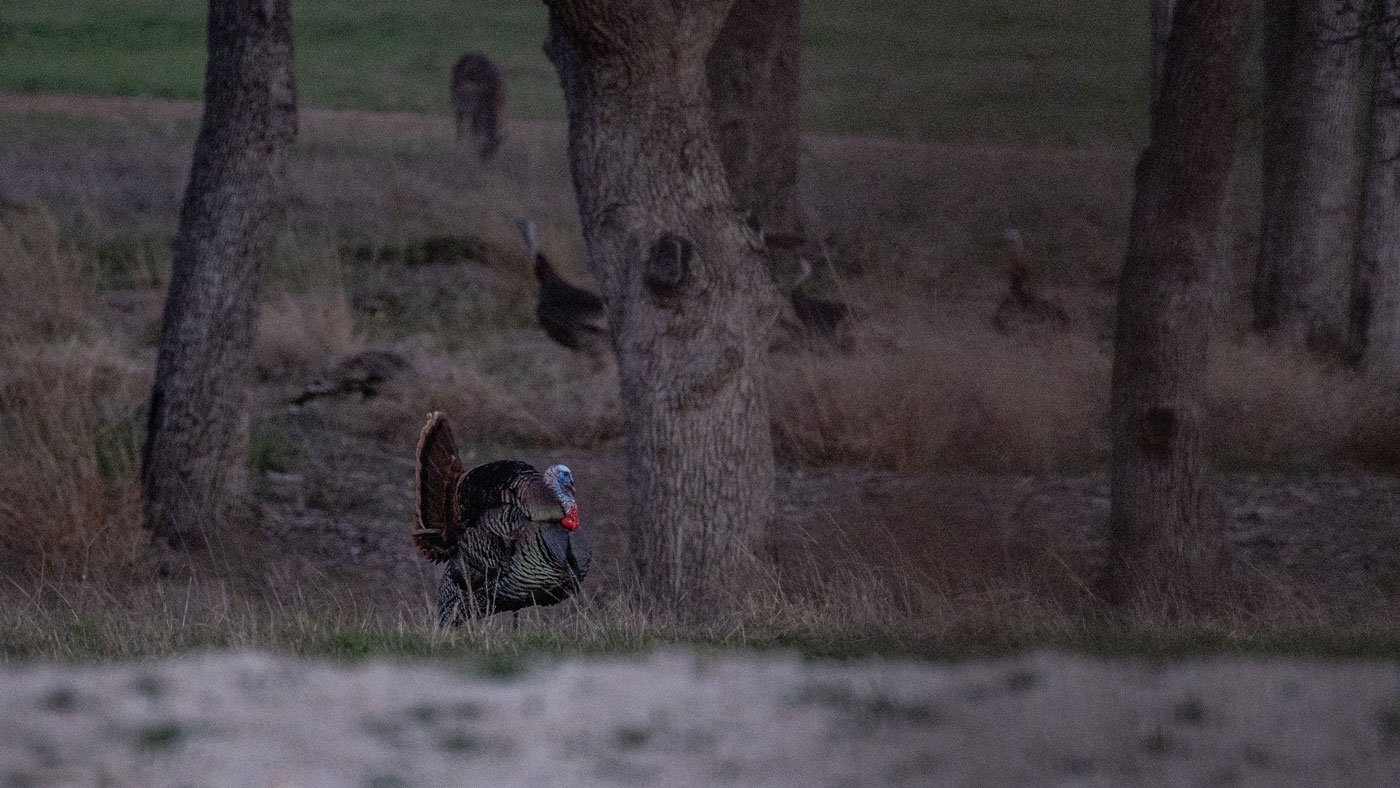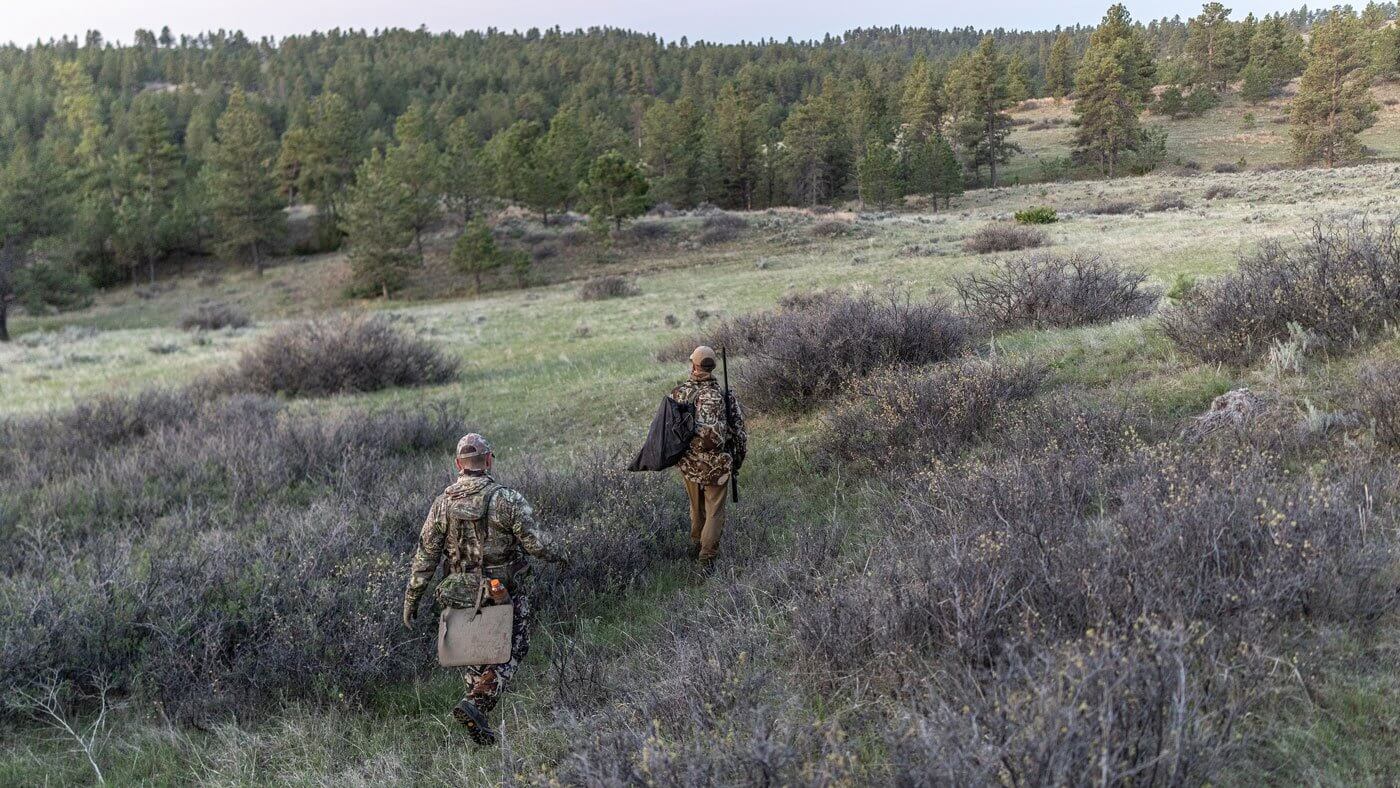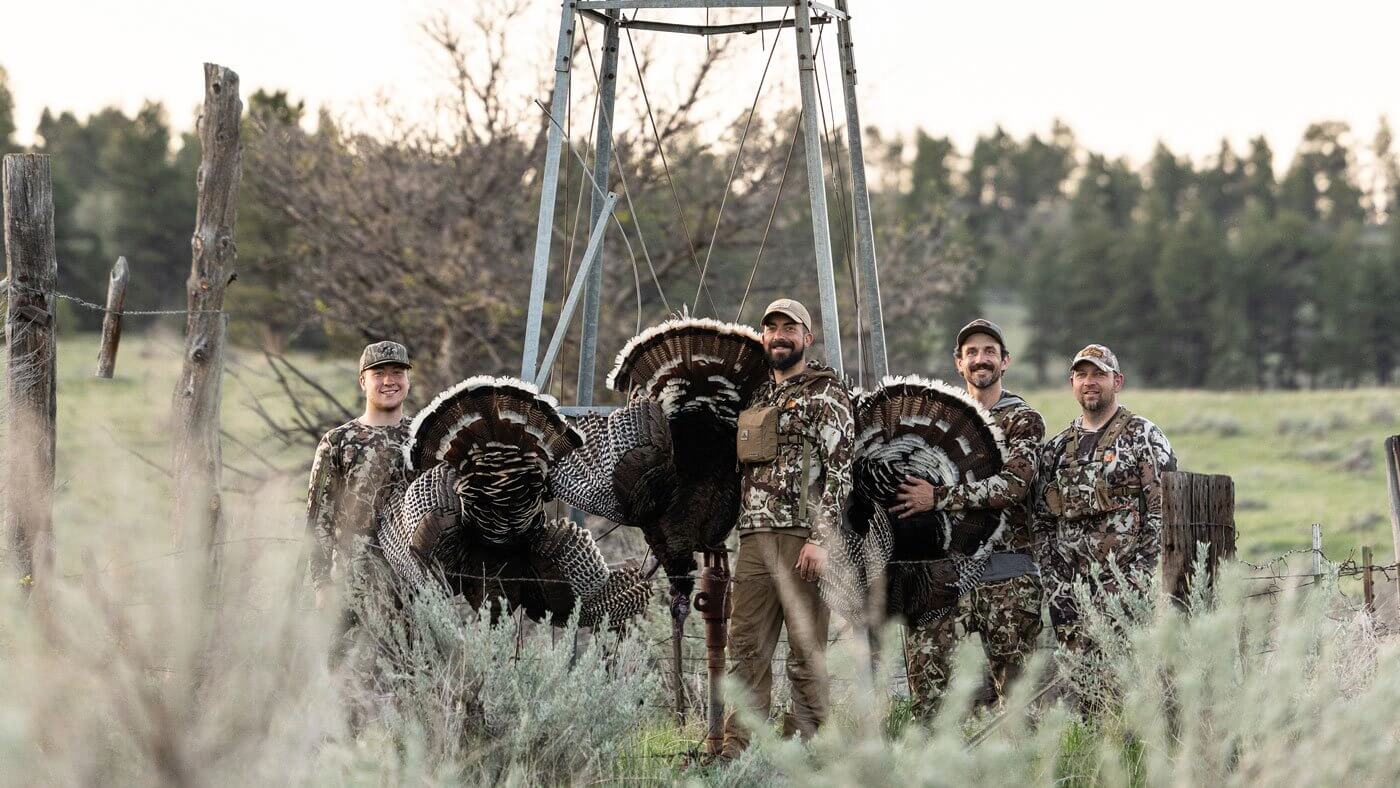- Savage Blog
- Lonely Toms: How to Hunt Late-Season Turkeys Smarter in May
Lonely Toms: How to Hunt Late-Season Turkeys Smarter in May

May means the tail end of the season, and almost all of the spring breeding is winding down. So it’s up to us to figure out if these late-season turkeys have any weaknesses and how to exploit them.
Here’s the thing: Every distinct period in the turkey hunting season has its own challenges. Whether it’s early, late, or somewhere in between, turkey behavior should dictate your approach.
In most places, May means the tail end of the season, and almost all of the spring breeding is winding down. Gobblers have already been chasing hens for weeks, and many of them have been yelped at incessantly by hunters or spooked altogether.
At some level, you're dealing with survivors, toms that have made it through the peak of the season. These birds have likely learned a few things and have a pattern that works to keep them alive and in tight with their hens.
So, we have to ask ourselves, do these late-season turkeys have any weaknesses?

Focus on Patterns
As turkey hunters, we’re trained to focus on early mornings. Birds gobbling on the roost can be enticing, but this time of year in the West, late-season turkeys behave a little differently. Most toms fly down, gobble once, and go the other way. They’re heading toward a safe place where they can strut and tend to the hens they’ve probably been hanging with all spring.
Sam Soholt and I experienced this more than a dozen times this season on ROOST.
It’s a terrible feeling. A morning wasted, and another one of the few opportunities to fill a tag washed away. It seems to happen so much more with those late-season turkeys as the calendar turns to May.
But here’s one positive about this frustrating pattern: Those hens have a reason to leave…eventually. The result is a lonely Tom, susceptible to all the tricks that failed that very morning.

Nest is the Best
Before we get to exploiting this rare weakness for May gobblers, it’s good to set the table with the tactics that get you in the position to succeed when hunting those weary late-season turkeys.
First, do your homework and find spots where birds like to feed or loaf in the afternoons—the tree-covered bottom or wide open ridges where the most turkey sign is present. Here, we’re surfing onX looking for benches or ridges that sit above long drainages or riparian zones. Think of it this way: Wherever you might want to call from, a gobbler might want to call from.
Second, troll those spots. Slowly and silently hike through the country and call into every one of those areas that could be holding afternoon birds. One trick you can employ before trolling is to put some pins on known or suspected roost trees to give you some additional spots to circle back to when you’re on the move. These birds don’t always travel that much during the day–and even if they do, a lot of the time they’ll go back to where they last saw their lost love.
This is our favorite run-and-gun tactic, but you’ve got to be ready to set up quickly. It’s a real terrible feeling when you finally strike up a lonely Tom and you’re caught in the wide open, or he comes charging in and spots you moving to get set. If you want to be sure this won’t happen, call from near cover or right next to the tree where you’ll hunker down. Bonus points if you can have some horizontal cover within 100 yards of your setup to break up your outline.
Our crew is almost always rolling with at least three people, so we all have to be on the same page. Everyone has to know exactly where they’re going and how quickly they need to get there. This just takes time and repetition.

Love Leaves Town
So, now it’s the afternoon, and you are trolling the areas where toms might like to hang out. Why are they more likely to come charging in at 2pm when it’s hot and they’ve already been off the roost for about eight hours?
The hens are gone. That’s why. They’ve left to tend their nests. Now you’ve got a desperate gobbler, who’s alone and not all that happy. One yelp from you can send him into a frenzy. From there, he’s charging in like it’s the first time he’s ever heard the sound.
It’s not a bad idea to crow call in the midday to get an initial shock gobble. Then quickly moving to soft yelps to pull him your way. Remember to pause and give him time to respond. This pause mimics how this exchange happens in nature—hens are generally going to toms, which means they need to call, locate, and keep working towards him.
If that gobbler closes the distance, there’s always a likelihood he hangs up. If that happens, don’t be afraid to get loud and use aggressive yelps and cutting to bring him the rest of the way. If that fails and he wanders off, give it a few minutes and make your way to where he first called from. You can make your final stand there, as you know it’s a place where he feels comfortable.

This season, we tagged out on three birds in one day in this scenario—solo toms that we knew were with hens on the roost. All three basically gave up all of their prior knowledge on how to stay alive and came rolling right into our setup.
This time of year, it’s about not giving up and remembering that being back at the truck isn’t going to put you in a position to tag out when those hens leave town. Stay out there and keep the pressure on those May birds. It’ll pay off.

